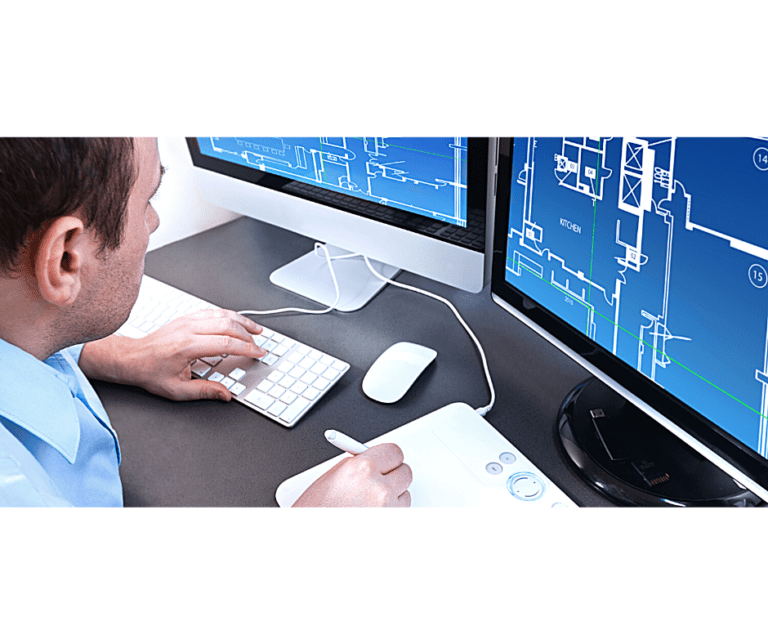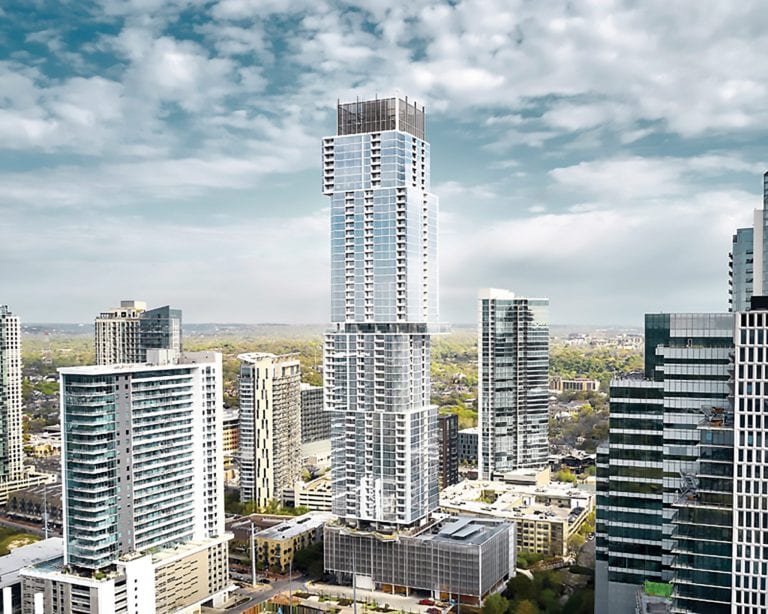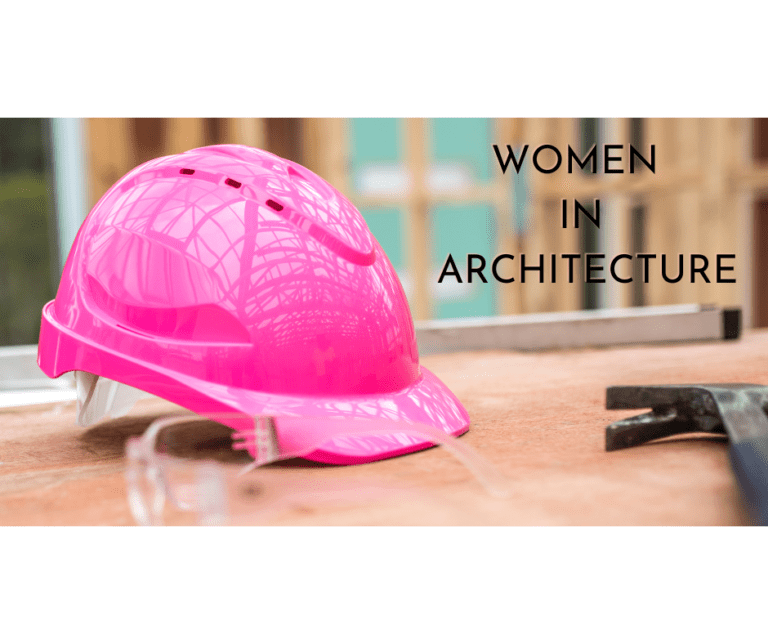The AIA 2030 Commitment provides a considerable challenge for any firm willing to sign on. This is especially true for larger firms, which must find ways to reduce predicted energy use across a wide spectrum of clients, building types and climate zones.
LPA was an early supporter of the 2030 Commitment, but energy efficient design is not a new concept for us. We first established firm wide energy performance targets in 2004. The AIA 2030 Commitment has given us additional framework and tools to increase the rigor of our design process. Over the years, we’ve learned valuable lessons about how to improve the energy performance of our project portfolio. In 2019 we were excited to be recognized as the largest firm to achieve the 2030 Commitment target of a 70 percent reduction across our 2018 design portfolio, which totaled over 5 million square feet.
While our firm has met an interim goal, we also realize that our designers must continue to improve and refine our design process to meet the future targets, which rises to an 80 percent reduction for projects designed in 2020. As we regularly examine our practice, we would like to offer these five points for consideration.
- Connect performance to design excellence. Any evaluation of a project should make it clear that performance is a component of the criteria by which design excellence will be measured. There isn’t a distinction between design excellence and performance. We celebrate project design awards, but we also highlight predicted EUI. As a firm, leadership must instill a culture that makes it clear you can’t achieve outstanding design without outstanding environmental performance.
- Empower project teams. Firm leadership must make energy and environmental performance a top priority and set clear firm goals. At the same time, it is essential to create systems and tools within your practice to set targets, share information, and measure progress. Sustainability experts and “green teams” can be valuable resources, but they can’t be responsible to bring sustainability to every project. The buy-in, structure and measurable goals must be in place across every team, on every project.
- Invest in people. Dedicate the time and resources to educate staff about energy performance issues. Everyone needs to learn from current efforts and strive to improve their own projects. Give people the assets and knowledge to keep up with emerging technology, strategies, and building systems. Provide the access to tools that allow them to innovate on their projects and be successful.
- Support an integrated design process. We have been evolving into an integrated practice since our inception, in large part to better address performance and sustainability issues. We added engineering to our firm in 2007, which improved our ability to address sustainability in a more holistic way. It is essential to bring all the disciplines together early in the process and to foster dialogue between design professionals with diverse expertise and perspectives. Encourage pin-ups sessions and multi-discipline charrettes. Clients are critical to the dialogue; engage them by providing data and options for informed design decisions.
- Promote transparency. It’s important to recognize achievement. As a firm, you want to set targets, track progress and share results. Projects that fall short of stated goals can illuminate paths around potential pitfalls for others. Always share success, acknowledge innovation and provide inspiration. All projects provide valuable lessons. Learn from the experiences and use the lessons as building blocks for continued growth and improvement.
Source: AIA







